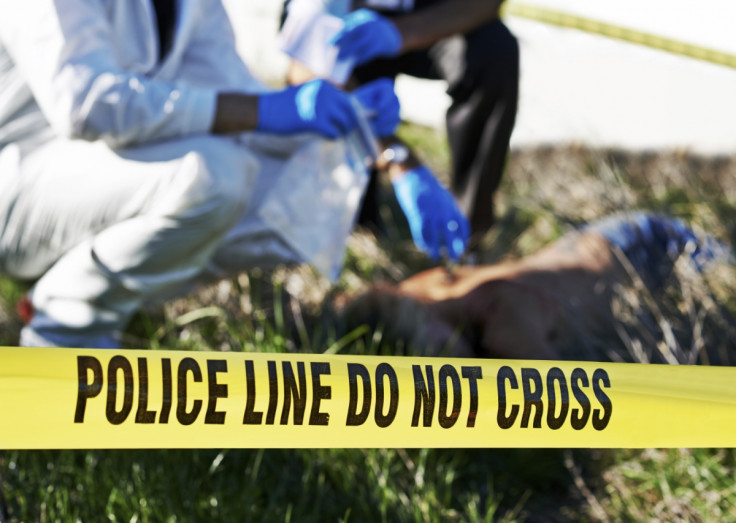How forensic DNA can place innocent people at the scene of a crime

Your DNA could end up at the scene of a murder – even on the weapon itself – despite you having absolutely nothing to do with the crime. Scientist Cynthia Cale has warned about the accuracy of DNA evidence – especially when it is often portrayed in courts and the media as infallible.
Cale, a human-biology graduate student at the University of Indianapolis, Indiana, and lead forensic DNA analyst III at Strand Diagnostics, has written about the limitations of DNA evidence in Nature World View. Her comments come off the back of a review launched by the Texas Forensic Science Commission, which will check whether convictions going back more than 10 years are safe.
The problem is "touch DNA", Cale explains. This is genetic profiles made up of a handful of skin cells generated in a laboratory. "The term 'touch DNA' conveys to a courtroom that biological material found on an object is the result of direct contact," she writes. "In fact, forensic scientists have no way of knowing whether the DNA was left behind through such primary, direct transfer. It could also have been deposited by secondary transfer, through an intermediary. (If I shake your hand then I could pass some of your skin cells on to something that I touch next.)"
Current research has shown how unreliable this sort of evidence can be. An innocent person's DNA can be transferred to surfaces they have never come into contact with, placing them at a scene of a crime they have never visited, or linking them to weapons they have never touched.
This was highlighted by a case in California in 2013, when Lukis Anderson was arrested, held for four months and charged with murder after his DNA was found under the victim – despite being intoxicated in hospital at the time of the crime. "The same paramedics who took Anderson to hospital responded to the murder," Cale explains. "Most likely, the paramedics were covered in Anderson's DNA, which they then inadvertently transferred. The charges were dropped."
She also said DNA amplification kits have become more sensitive, and the types of samples being analysed have expanded – you no longer need body fluids like blood and saliva to create a DNA profile. "The new kits can generate a full genetic profile of a suspect from as little as 100picograms (trillionths of a gram) of DNA. These subtleties are not usually explained in court. Instead, a jury is told that there is a one-in-a-quadrillion chance that the evidence retrieved from the crime scene did not come from a defendant.
"Naturally, the jurors assume that the defendant must have been there. Given the power of modern forensic techniques to pull a DNA profile from a smudge of cells, secondary DNA transfer is no longer a purely theoretical risk."
Indeed, experiments in the lab where Cale works have shown how easily DNA can be transferred. Participants were asked to shake hands for two minutes then handle a knife. In 85% of the cases, the other person's DNA was transferred to the knife. In 20% of the samples, analysis suggested the other person was the main DNA contributor to the weapon.
"We urgently need to review how DNA evidence is assessed, viewed and described," Cale said. "Everyone in the medico-legal community — forensic scientists and technicians, DNA analysts, potential jurors, judges and lawyers for both the prosecution and defence— must know and understand the potential for mistakes."
© Copyright IBTimes 2025. All rights reserved.






















